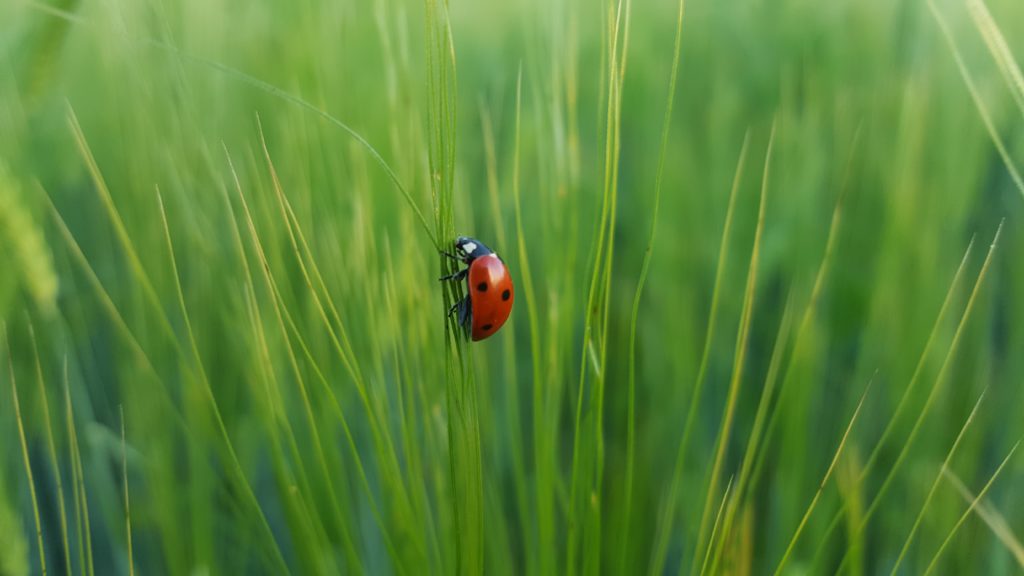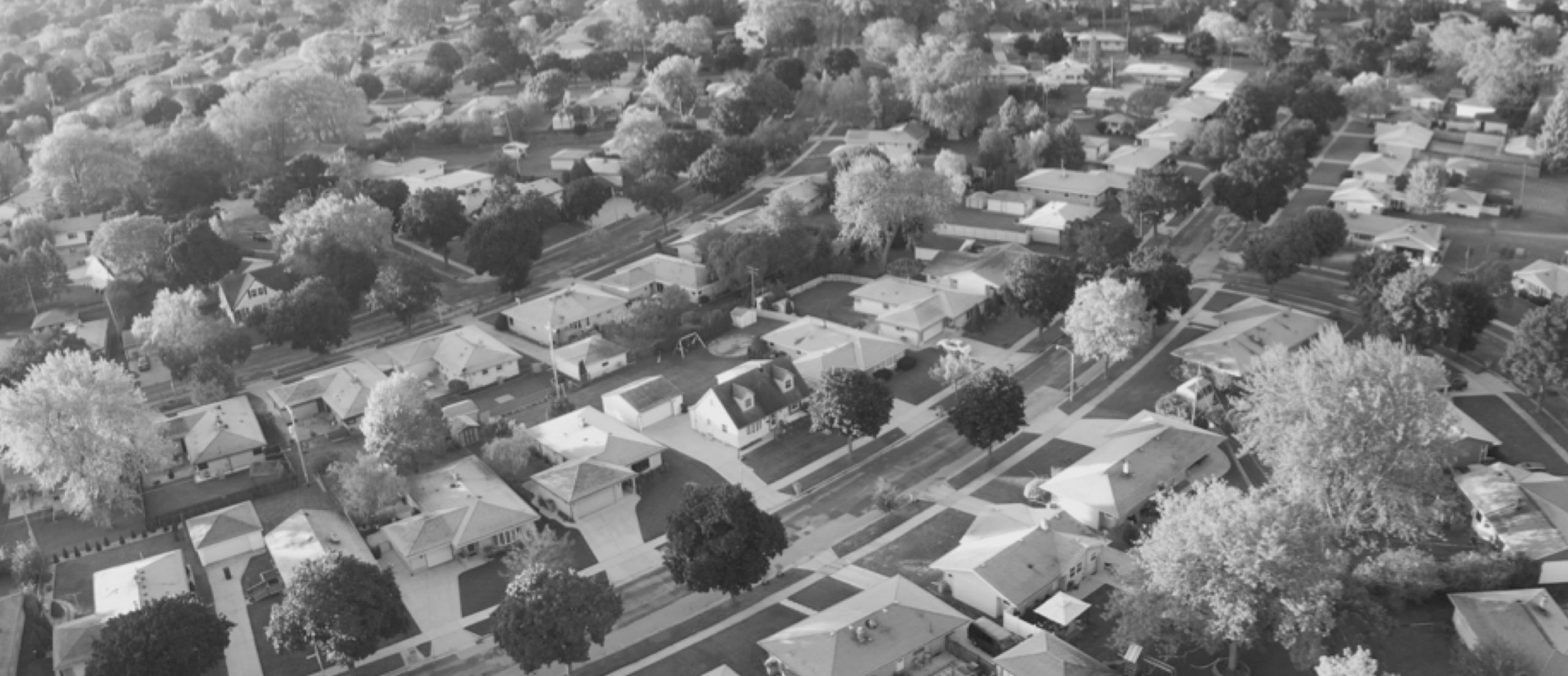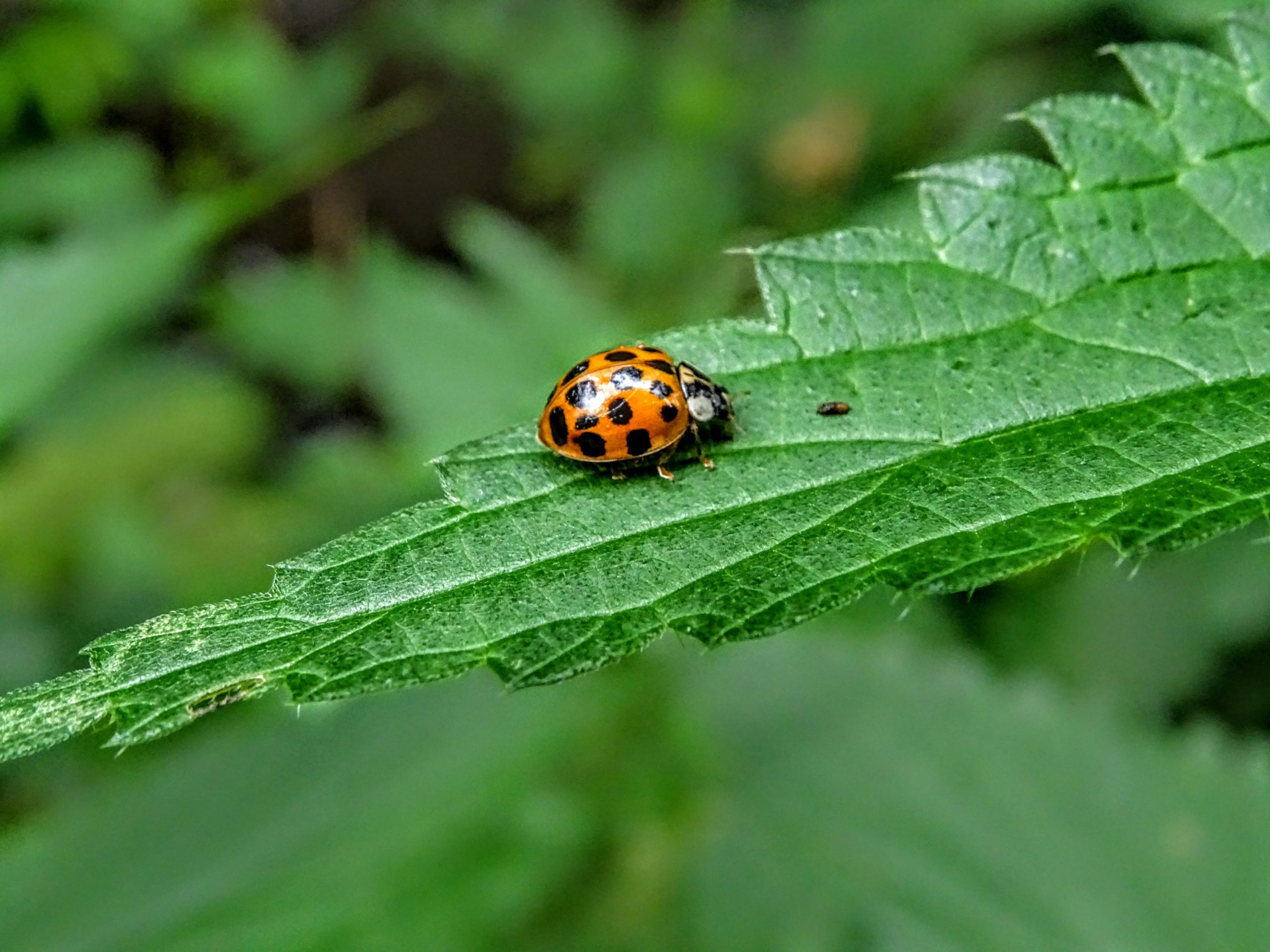Ladybugs seem to be harmless creatures but look out they can leave a mess in your home. The moment the temperature drops below 70 degrees, you’ll find southerners putting on cozy sweaters, lighting our favorite pumpkin candles, and sitting out on our front porches sipping hot cocoa. Those crisp morning breezes inspire us to dig into our Halloween candy and rewatch all of our favorite scary movies, but they can also attract creepy crawlies like spiders, snakes, and… ladybugs? Read on to understand what causes ladybug swarms in the fall, what species are known for home invasions, potential damages, and helpful tips for keeping these bugs out of your house.
What causes ladybug swarms?
While over 400 species of ladybugs live in the U.S., it’s the Asian Lady Beetle that causes so many problems for homeowners. As their name implies, these bugs are native to Asia and surrounding countries, including China, Korea, Russia, and Japan. They were purposefully introduced to the United States to control the aphid population, earning them a favorable reputation from gardeners. As winter falls, ladybugs will vanish from our yards to hibernate, but the Asian Lady Beetles instinctively gather in huge groups to brace themselves for the colder weather. After the first freeze hits, these small speckled bugs are looking for a warm place to cozy up together – and your house may be first on their list.

How to identify Asian Lady Beetles:
Asian Lady Beetles can be distinguished from the more common American Ladybug by two distinctive features: color and pattern. American Ladybugs are dark red with black spots, and have two white circles on their pronotum, the appendage that connects the head to the body. Asian Lady Beetles, on the other hand, are yellow or orange with black spots, and have a white “W” shape on their pronotum. If you look closely, you’ll see that Asian Lady Beetles are the unwelcome guests in your home.
Are swarms dangerous?
Ladybugs can’t bite humans and aren’t poisonous, so while they don’t pose a physical threat, they can be an inconvenience. The little bugs tend to gather on window sills, near doors, and along baseboards, and since the air inside dehydrates them, it’s not long before you have as many dead bugs as you do live ones. Ladybugs won’t damage structures by chewing away at wood, but they do release a small amount of yellow, foul-smelling liquid if they feel threatened. The telltale stains show up on walls, carpets, and furniture, and are accompanied by an unpleasant odor.
Tips for preventing ladybug swarms:
To help prevent ladybugs from swarming, seal up cracks and crevices, keep windows closed, and vacuum up or otherwise remove any stray bugs you happen to see. Before it gets too cold outside, consider scheduling a home inspection. Home inspections identify where pests may be coming in and if there are any existing pest colonies in or around your house. After the home inspection is complete, your pest control service can develop targeted prevention or treatment strategies to keep your house bug-free. Don’t let ladybugs haunt your home this fall.
Contact us online or give us a call at (843) 461-5169 to book a home inspection with Exclusive Pest Control of Charleston, SC.


